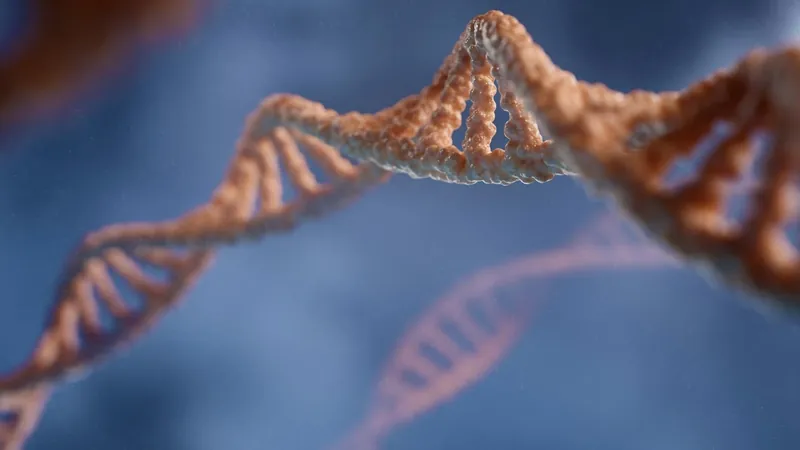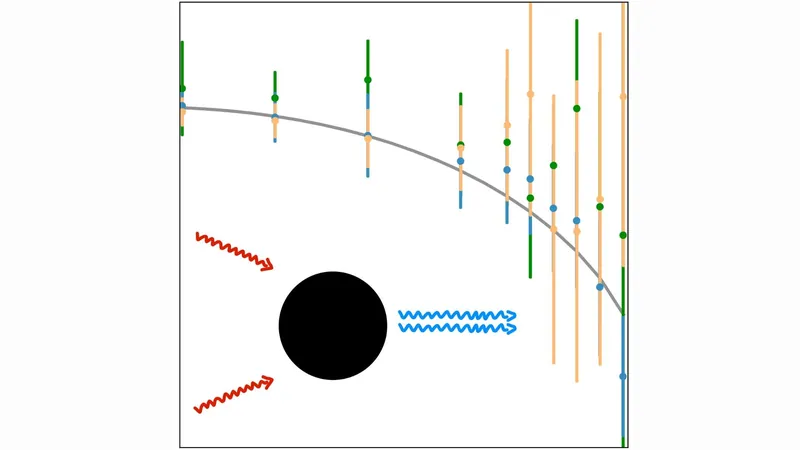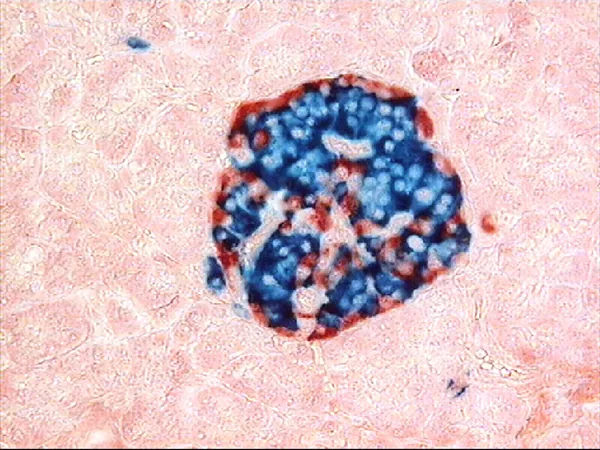
Breakthrough in Bladder Cancer Treatment: Statins Combined with PIN1 Inhibitors Show Promise in Stunting Tumor Growth!
2025-01-20
Author: Nur
Bladder cancer, a condition that was the fourth most commonly diagnosed cancer among men in the U.S. in 2024, remains severely understudied. Despite being the eighth leading cause of cancer death, the conversation surrounding this disease is often overshadowed by more talked-about malignancies. Tony Hunter, PhD, American Cancer Society Professor at the Salk Institute in California, emphasizes the urgent need for innovative treatments amidst the limitations of current therapies such as chemotherapy, radiation, and immune checkpoint inhibitors.
Hunter recently co-authored a groundbreaking study published in *Cancer Discovery*, revealing the crucial role of a protein called PIN1 in bladder cancer's progression. This enzyme manipulates protein structures, enabling bladder cancer cells to proliferate, evade programmed cell death (apoptosis), and infiltrate surrounding tissues, thereby contributing to tumor formation.
In this study, it was found that elevated cholesterol levels, which are triggered by PIN1, play a fundamental role in the survival and growth of bladder cancer cells. "Cholesterol is a critical building block of cell membranes," explains Hunter, highlighting how cancer cells can synthesize their own cholesterol when it is scarce in the environment, fueled by the activity of PIN1.
The duo of statins and PIN1 inhibitors presents a promising treatment avenue. Statins, commonly taken to lower cholesterol levels by inhibiting its synthesis in the liver, combined with a PIN1 inhibitor can significantly decrease cholesterol levels in bladder cancer tissues, thereby stifling tumor growth. Hunter noted that simvastatin reduces both liver-produced cholesterol and that synthesized by cancer cells, while sulfopin, a PIN1 inhibitor, further diminishes cancer cell cholesterol synthesis.
Importantly, PIN1's presence is noted across various cancers, suggesting that this combination therapy could potentially extend beyond bladder cancer, opening doors to new treatment options in other malignancies.
Looking ahead, Hunter and his team plan to delve deeper into the roles of PIN1 in other cell types associated with bladder cancer, like fibroblasts, which contribute to the supportive tumor architecture. By identifying new targets related to cholesterol biosynthesis, the researchers aim to enhance cancer treatment strategies.
Dr. Jennifer Linehan, a urologist at Providence Saint John’s Cancer Institute, expresses optimism regarding these findings. She points out that many aspects of cancer growth and invasiveness remain poorly understood, and the exploration into treatments that disrupt these processes is crucial. Moreover, the significant physical and financial burden invasive bladder cancer places on patients underlines the urgency for breakthroughs, making the potential of this research all the more critical.
The exploration of combination therapies like this could reshape the treatment landscape for bladder cancer, moving towards less invasive and more effective therapeutic strategies. As the understanding of cancer mechanisms deepens, researchers remain hopeful for future advancements that could not only halt tumor growth but also improve patients' quality of life.




 Brasil (PT)
Brasil (PT)
 Canada (EN)
Canada (EN)
 Chile (ES)
Chile (ES)
 Česko (CS)
Česko (CS)
 대한민국 (KO)
대한민국 (KO)
 España (ES)
España (ES)
 France (FR)
France (FR)
 Hong Kong (EN)
Hong Kong (EN)
 Italia (IT)
Italia (IT)
 日本 (JA)
日本 (JA)
 Magyarország (HU)
Magyarország (HU)
 Norge (NO)
Norge (NO)
 Polska (PL)
Polska (PL)
 Schweiz (DE)
Schweiz (DE)
 Singapore (EN)
Singapore (EN)
 Sverige (SV)
Sverige (SV)
 Suomi (FI)
Suomi (FI)
 Türkiye (TR)
Türkiye (TR)
 الإمارات العربية المتحدة (AR)
الإمارات العربية المتحدة (AR)